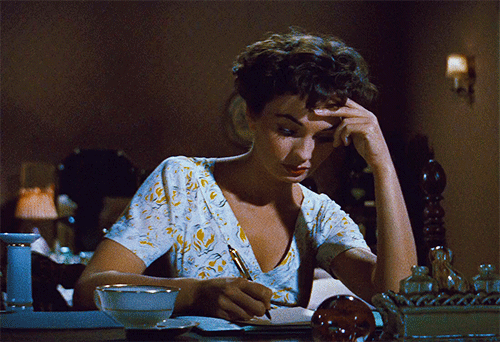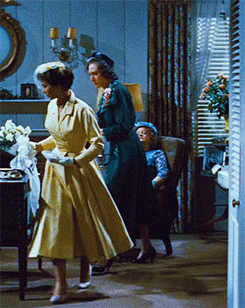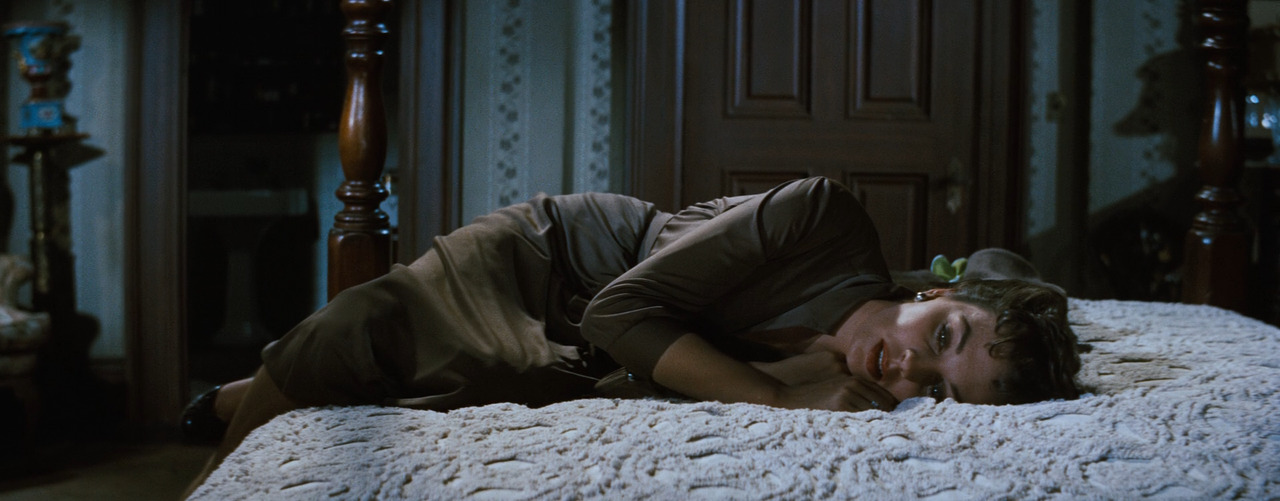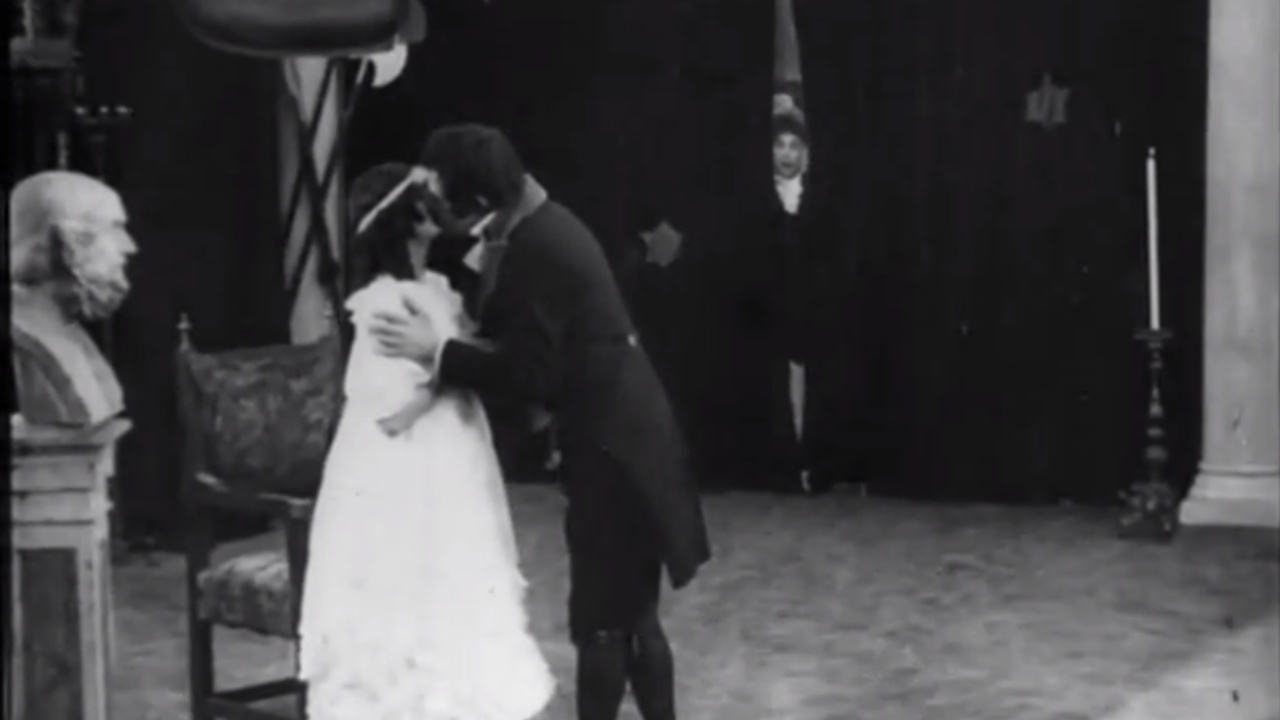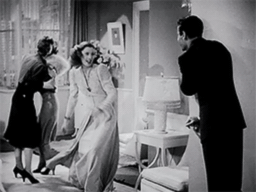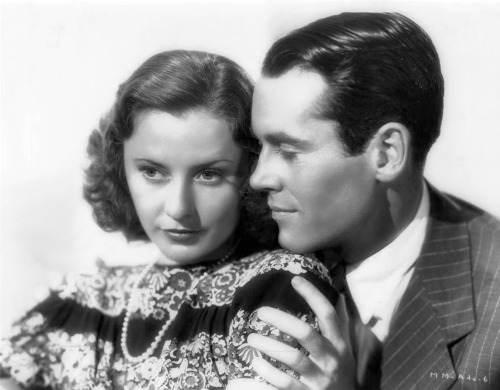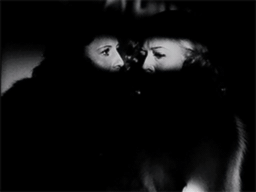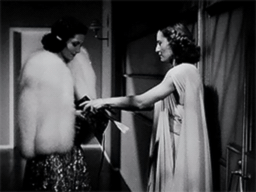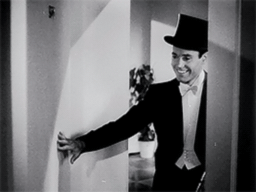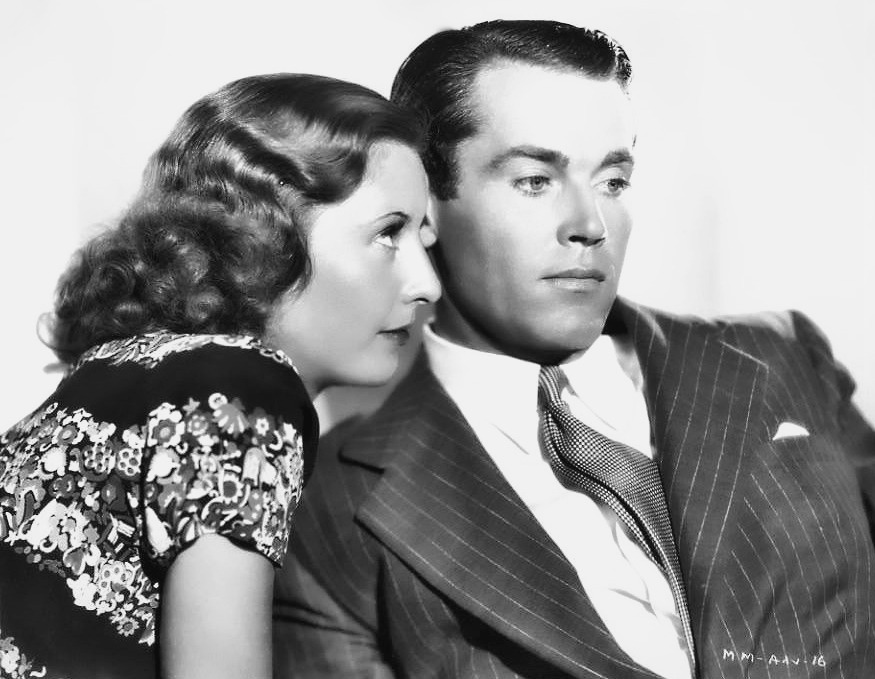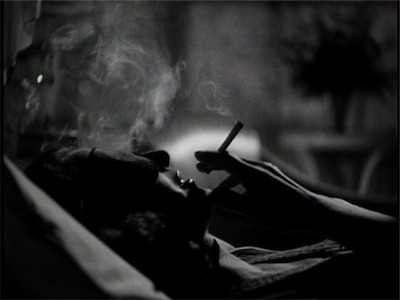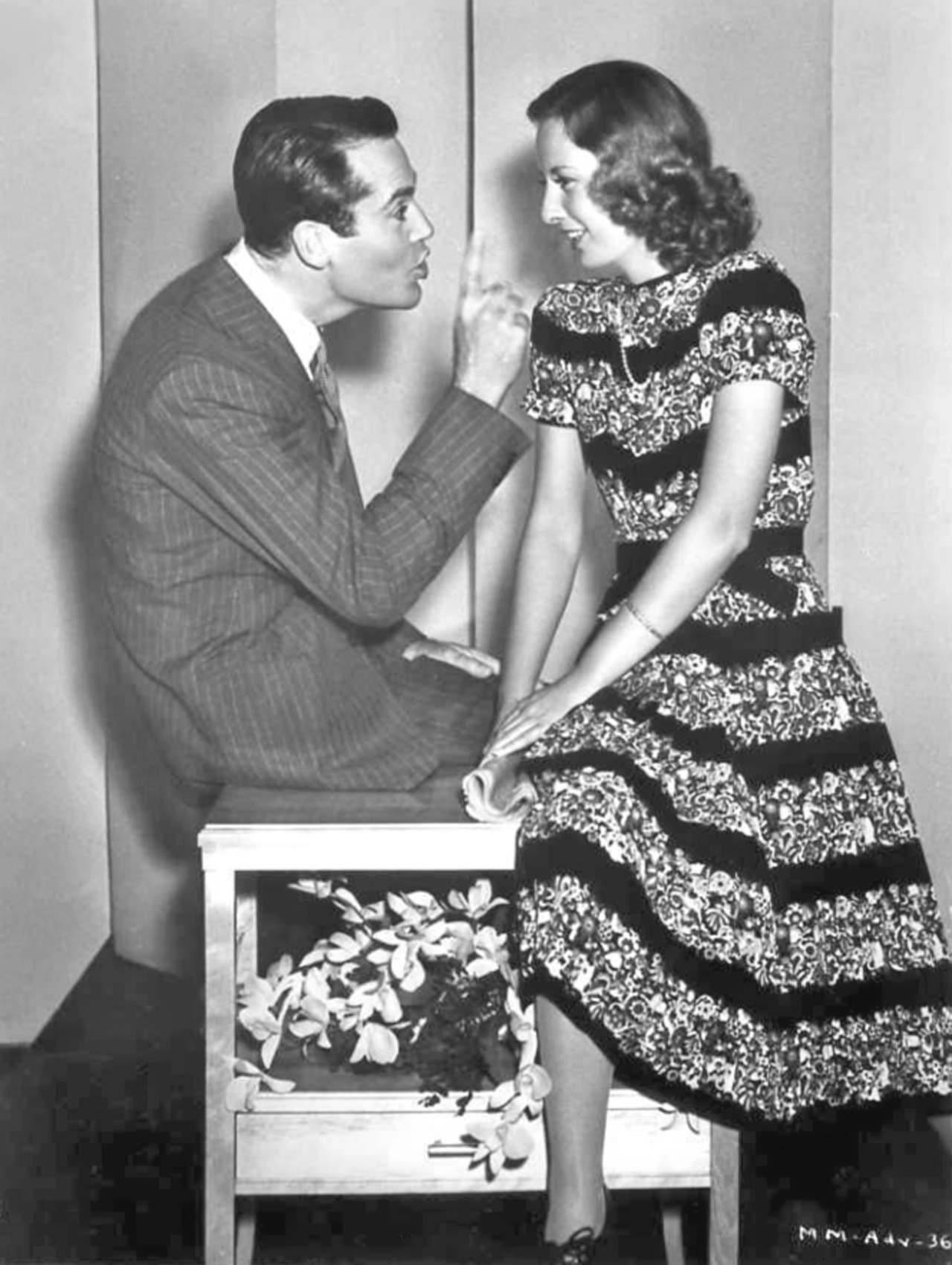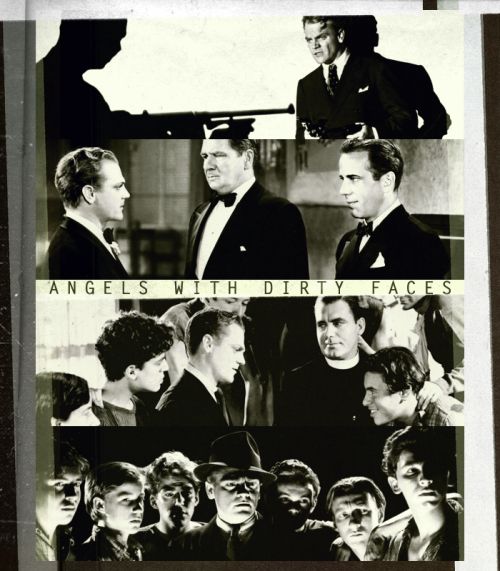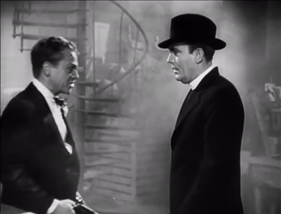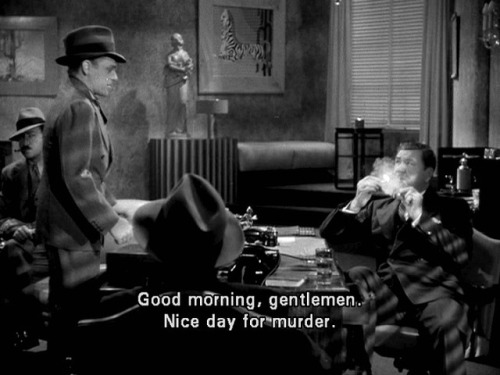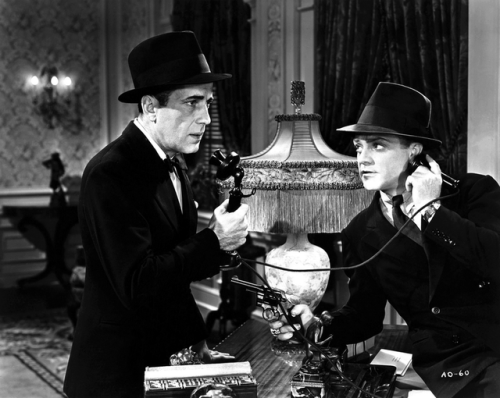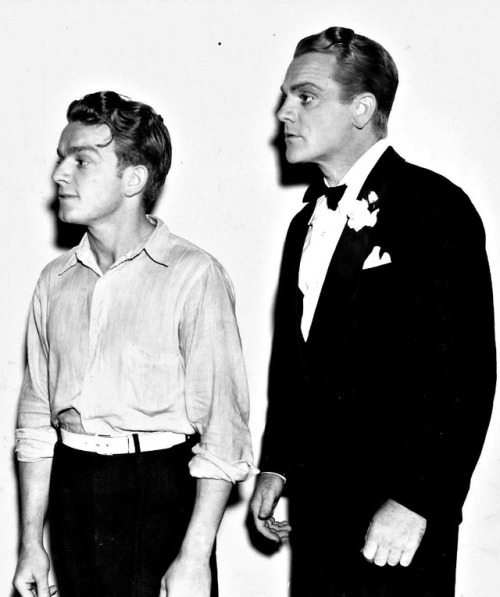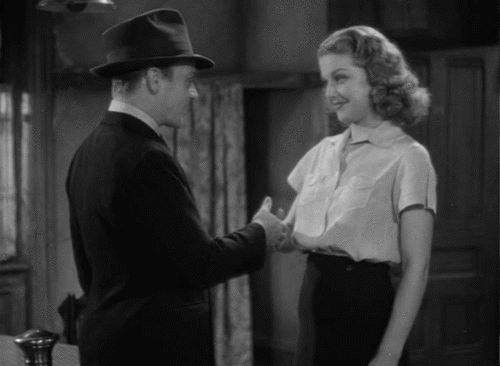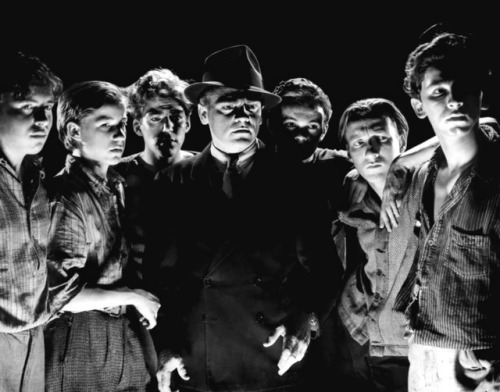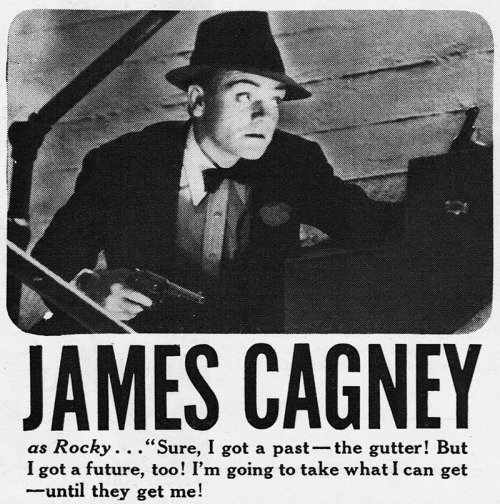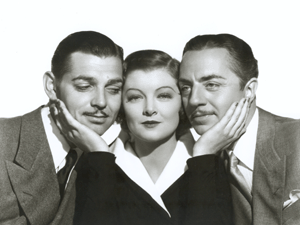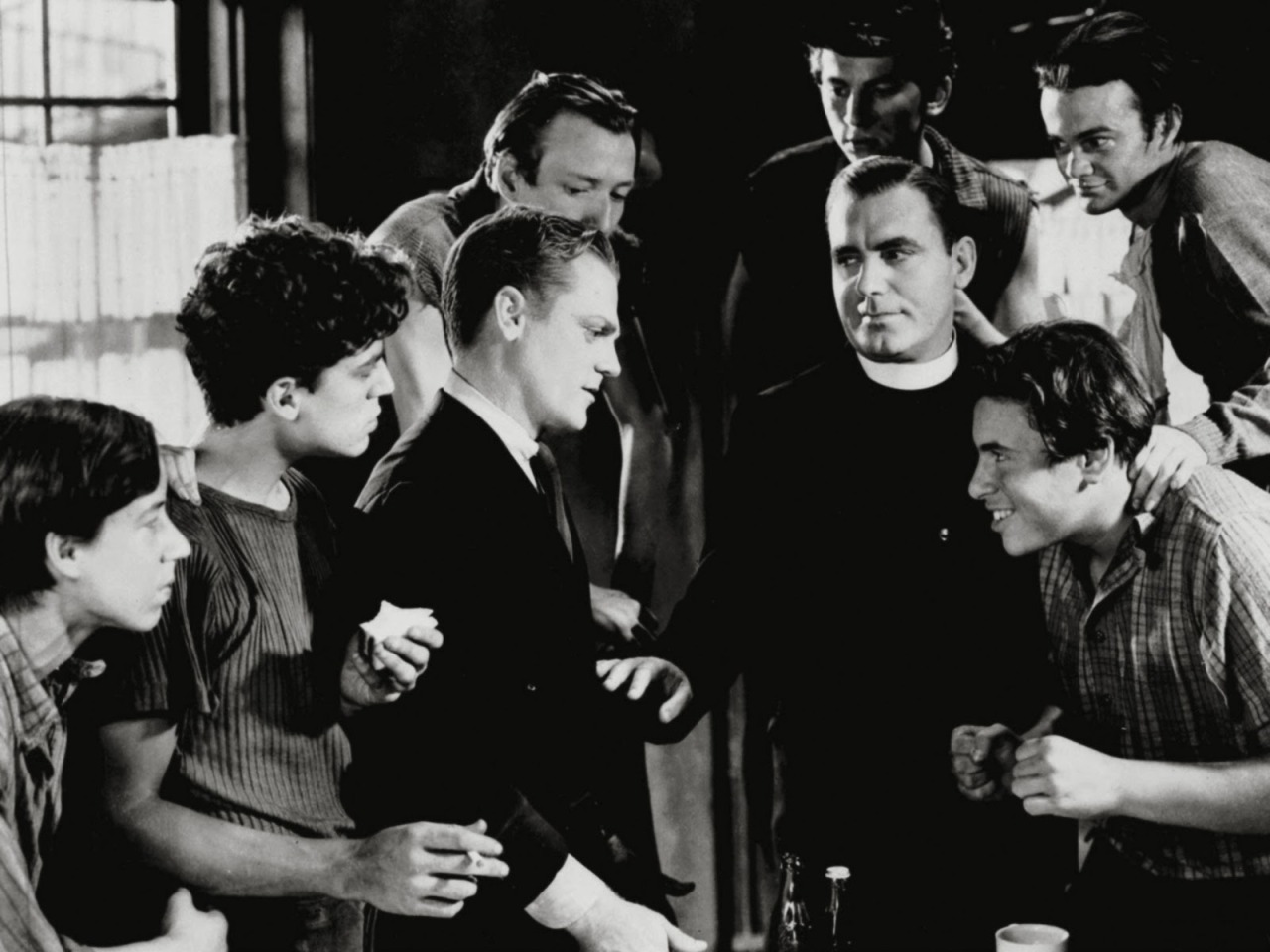Nos anos 50, a sociedade
norte-americana estava prestes a passar por grandes mudanças, mas ainda era
muito conservadora. Mesmo assim, o divórcio começava a se tornar mais comum, em
especial após a Segunda Guerra Mundial - como você pode ver AQUI. O embate entre
a nova liberdade de escolher ficar ou não casada e as expectativas que a
sociedade e a família colocavam sobre as mulheres é o tema principal de “Idílio
Proibido” (1956), um filme interessante e obscuro.
In the 1950s, the American society was about to
undergo big changes, it is still was very conservative. Yet, divorce was
starting to become more common, in special after World War II - as you can see
HERE. The clashes between a newfound freedom to choose to remain married or not
and the expectations society and family put upon women are the main themes in
“Hilda Crane” (1956), an interesting obscure movie.
Hilda Crane (Jean Simmons) volta para
casa depois de terminar um relacionamento e ser demitida. De repente, a mulher
forte e independente se vê vivendo novamente com a mãe. Mais do que isso: Hilda
já se divorciou duas vezes, e a sociedade a julga por isso.
Hilda Crane (Jean Simmons) has just returned home
after ending a relationship and being fired from her latest job. All of a
sudden a strong, independent woman sees herself living once again with her
mother. More than that: Hilda has been married and divorced twice, and society
judges her for that.
Demora pouco para que Hilda receba um
pedido de casamento de Russell Burns (Guy Madison) - e é um pedido feito por
carta! A mãe de Russell, a senhora Burns (Evelyn Varden) não gostou da ideia do
filho. De maneira mal-educada, ela pergunta a Hilda e à mãe dela sobre os bens
da família e os interesses que elas podem ter pelo casamento com Russell.
Soon Hilda receives a wedding proposal from Russell
Burns (Guy Madison) - and the proposal comes through a letter! Russell’s
mother, Mrs Burns (Evelyn Varden) is less than thrilled with her son’s move. In
an impolite way, she asks Hilda and her mother about their possessions and
their interests on Russell.
Ainda sem se decidir sobre Russell,
Hilda aceita sair com o velho amigo de escola Jacques (Jean-Pierre Aumont). Ele
ainda está ressentido porque o breve caso que eles tiveram não deu em nada e,
mais do que isso, ele acredita que, por ela ser divorciada duas vezes, ela é
agora uma mulher mais promíscua.
Still unsure about Russell, Hilda accepts to go out
with a school friend and old flame, Jacques (Jean-Pierre Aumont). He is still
bitter because the brief affair they had five years prior didn’t end well, and,
moreover, he believes that, because she is twice divorced, she is more
promiscuous.
Frustrado com seu encontro com
Jacques, Hilda aceita o pedido de Russell. Obviamente, ela enfrentará muitos
desafios: primeiro, ela não o ama, segundo, a mãe dele é uma forte candidata ao
título de pior sogra do cinema, terceiro, Jacques ainda mexe com os sentimentos
dela. Hilda está tão desanimada com o casamento que deixa que a mãe, Stella
(Judith Evelyn), cuide de todos os preparativos.
Frustrated after her date with Jacques, Hilda
accepts Russell’s proposal. Of course, she will face many challenges: first,
she doesn’t love him, second, his mother is a strong contender for the title of
worst mother-in-law of all movies, third, Jacques still confuses her feelings.
Hilda is so not invested in the wedding planning that she lets her mother,
Stella (Judith Evelyn), decide everything.
Hilda diz a Jacques que ela quer
felicidade, filhos, e envelhecer ao lado de um marido que a ame. E ela quer
tudo isso. Ela não se contenta só com uma dessas coisas. Ela não aceitará
viver em um casamento infeliz com alguém que ela não ama só para ter filhos -
como muitas mulheres faziam e ainda fazem. Ela não aceitará infelicidade para
manter as aparências. Ela quer o pacote completo.
As Hilda tells Jacques, she wants happiness,
children, and growing old with a husband that loves her. And she wants all
that. She won’t settle for only one of those things. She won’t accept to live
an unhappy marriage with someone she doesn’t love just in order to have
children - like so many women did and still do. She won’t accept unhappiness to
keep up appearances. She wants the whole package.
Este não conformismo peculiar mostra
que Hilda é uma mulher moderna. Ela pode ter sonhos antiquados, mas não está
disposta a sacrificar sua felicidade para consegui-los. Ela também diz que, na
faculdade, queria viver a vida como um homem. Bem, já foi provado que a maioria
dos pedidos de divórcio é feita pelos homens, e esse foi provavelmente o caso
de Hilda.
This weird way of non-conformity shows that Hilda
is a modern woman. She may have old-fashioned dreams, but she won’t sacrifice
her own happiness to achieve them. She also says that, in college, she wanted
to live life like a man. Well, it’s been proved that women file for divorce
more often, and it was probably the case with Hilda.
Não é somente a sogra de Hilda que a
vê com maus olhos - a mãe dela também tem vergonha do passado da filha e faz de
tudo para manter as aparências, incluindo mentir e manipular. Hipocrisia
também é um tema importante no filme.
Not only her mother-in-law sees Hilda through bad
lenses - her mother is also ashamed of her daughter’s past and does anything to
keep up appearances, including lying and manipulating her own daughter. Hypocrisy
is another important theme in the film.
Jean Simmons é uma atriz pouco
lembrada hoje, mas não deveria ser assim. Ela era linda e muito talentosa. Em
“Idílio Proibido”, ela apresenta um corte de cabelo simples mas fabuloso, usa
belas roupas e mostra seus grandes olhos brilhantes. Seus momentos de rebeldia
são épicos, e é excitante quando ela desafia a mãe e a sogra. Jean Simmons
merece mais reconhecimento não apenas por seus esforços em “Idílio Proibido”,
mas também por ótimas atuações em filmes como “Hamlet” (1948) e “Spartacus”
(1960).
Jean Simmons is often an overlooked actress, but
she shouldn’t be. She was gorgeous and immensely talented. In “Hilda Crane”,
she has a fabulous yet simple hairstyle, beautiful outfits and her eyes simply
sparkle. Her rebellious bouts are epic, and it’s exciting whenever she
confronts her mother or her mother-in-law. Jean Simmons deserves more
recognition not only for her efforts in “Hilda Crane”, but also for the great
performances she delivered in films like “Hamlet” (1948) and “Spartacus”
(1960).
O imenso peso de manter as aparências
em geral cai apenas nos ombros das mulheres. A reputação de um homem é
praticamente indestrutível, porém um passo em falso ou mesmo um boato são
capazes de destruir a reputação de uma mulher e fazer com que os outros a
chamem de vadia. E, para manter as aparências, algumas mulheres fazem de tudo,
inclusive ferir os sentimentos das pessoas que amam. Esta é a lição de “Idílio
Proibido” por que insistir para as mulheres manterem as aparências se o preço a
pagar por “ser respeitável” é tão alto?
The huge weight of keeping up appearances falls
usually only in the women’s backs. Men’s reputations are almost indestructible,
while a misstep or even a gossip can destroy a woman’s reputation and make
others see her as a tramp. And, in order to keep up appearances, some women can
do anything, even hurting the ones they love. This is the lesson in “Hilda
Crane”: why to insist that women keep up appearances when the price to pay for
respectability is so high?
This is my contribution to the 90 Years of Jean
Simmons blogathon, hosted by Virginie and Laura at The Wonderful World of Cinema and Phyllis Loves Classic Movies.

